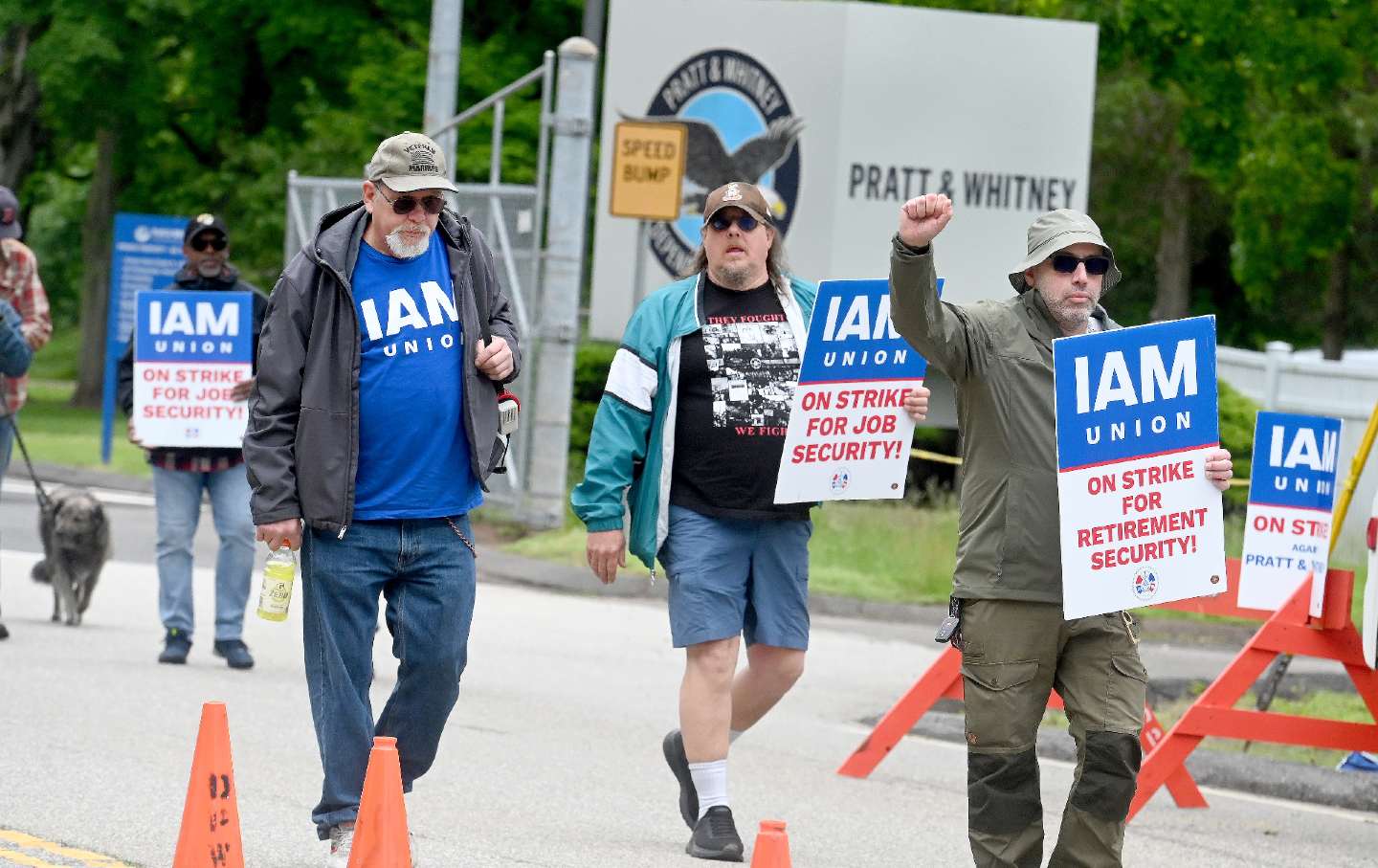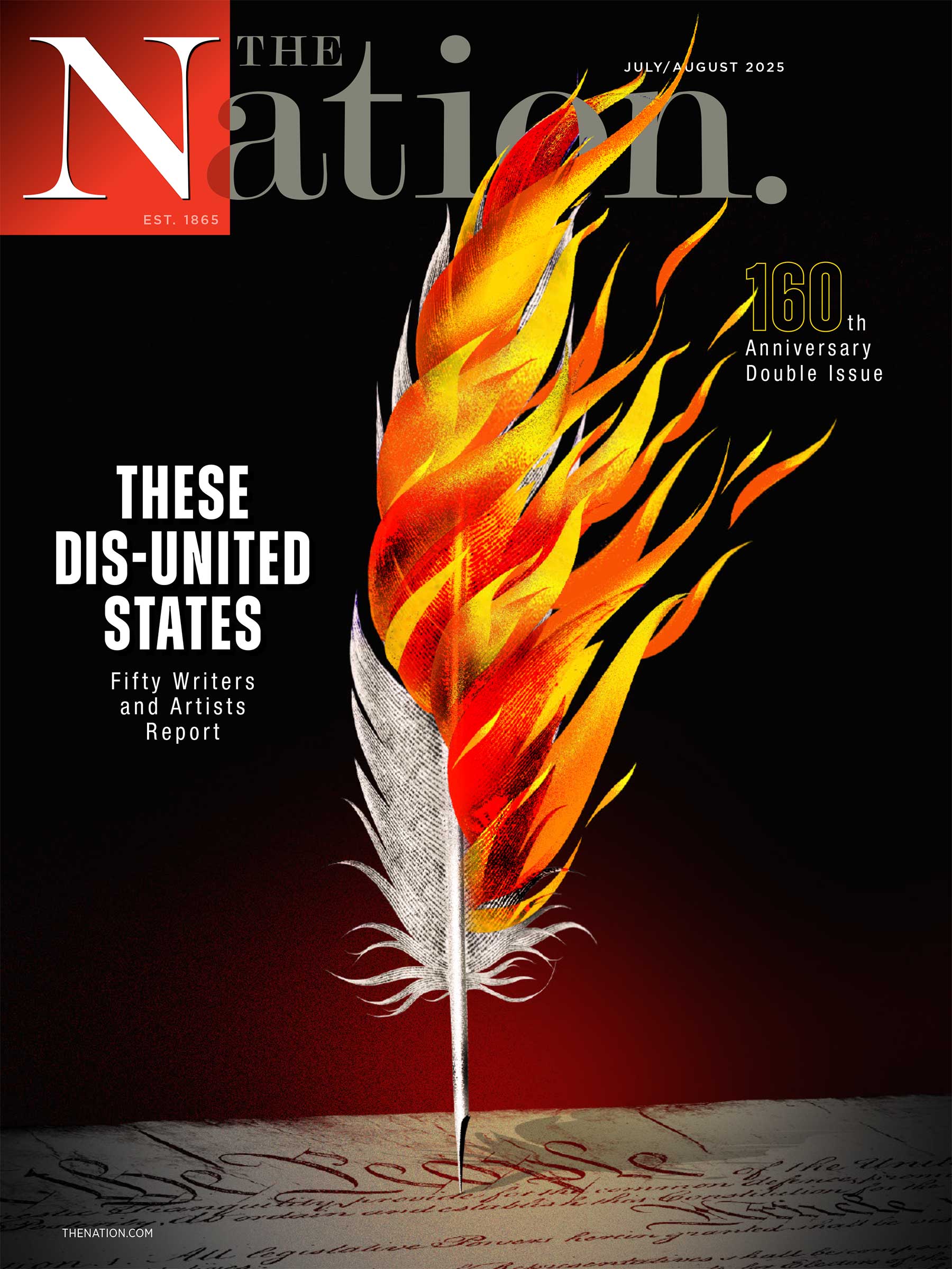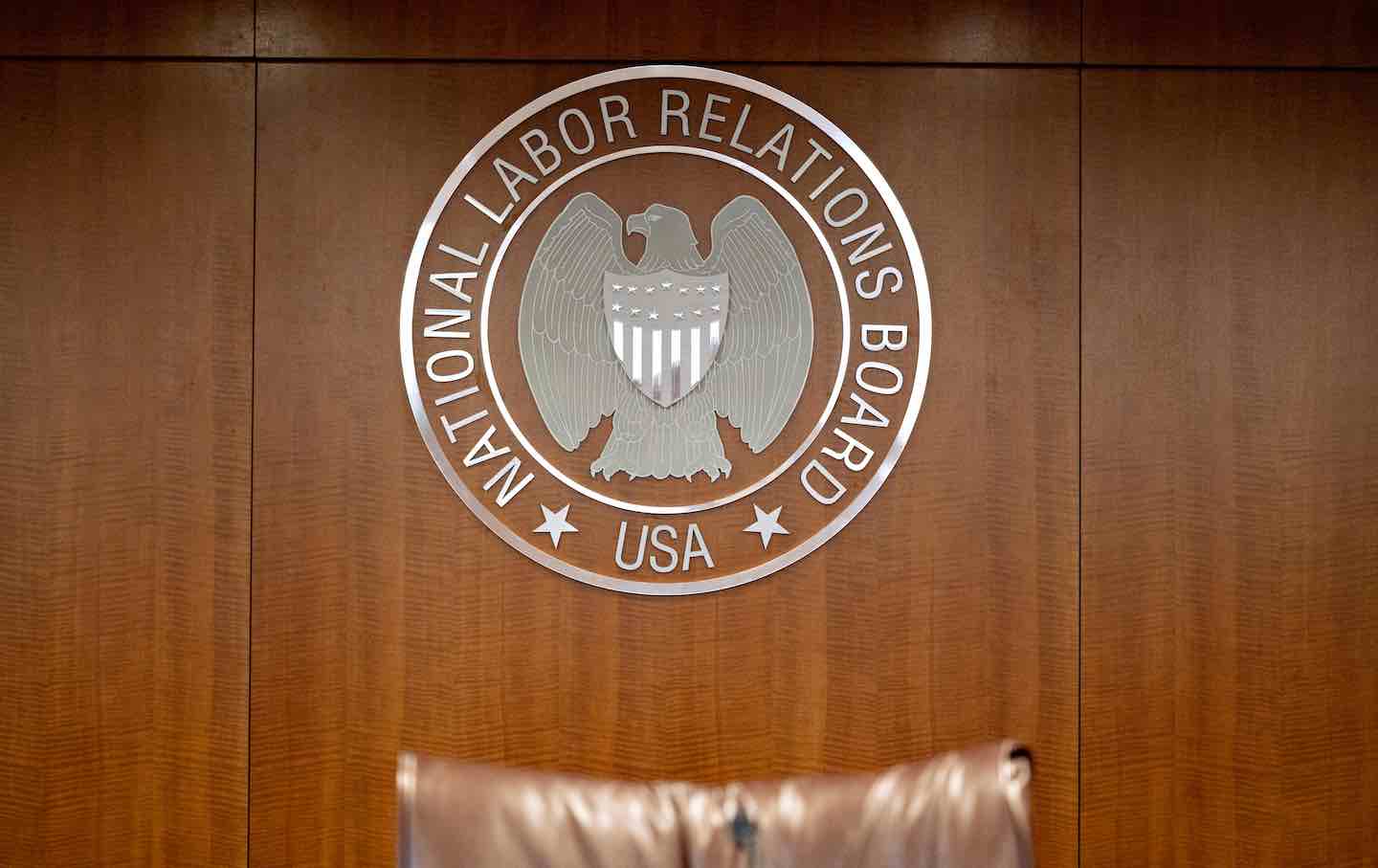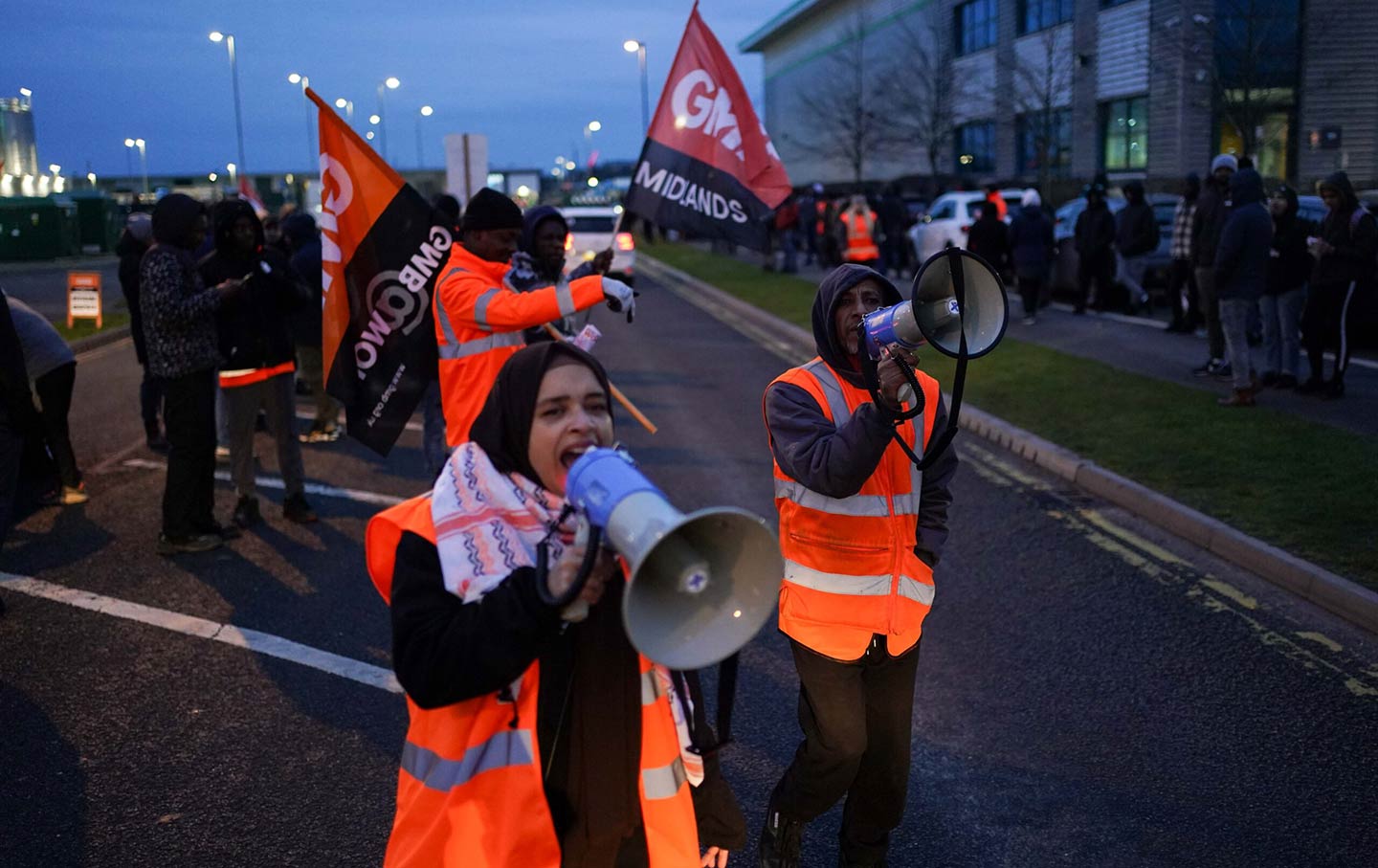July 10, 2025
The correctly interpreted constitution protects workers. But the Trump administration won’t enforce these protections unless workers fight for it.

Over the past half century, the Supreme Court has continuously transformed the Constitution into a document that creates hostility to workers. In 2020, the court’s conservative majority used the Fifth Amendment to enact a California law that made it easier for union organizers to talk to farm workers. In the two years before that, the court used the First Amendment to deport public sector unions by attacking its sources of funding. Just two months ago, the court issued a ruling that raised significant concerns about the possible use of article 2 of the Constitution to end the independent function of the National Labor and Industrial Relations Commission.
These erroneous explanations of our founding charter, as well as other important factors, have successfully thwarted the will of most Americans who want to join the union. According to a 2022 report, 59% of workers want to see their workplace unions increase, and even more support for unions is the general situation. But, thanks in part to the constitutional obstacles to conservative courts and well-funded anti-union lawyers, only about 11% of workers succeeded in winning union representatives.
As a result, the U.S. union workers’ density is very low compared to its peers. As Paul Krugman points out, this leads to “the average worker lag behind economic growth.” Low combined density reduction compensation. Compared with peers in the non-uniform workplace in the same sector, the vast majority of private sector workers did not benefit from 13.5% of the wage earned on average, with similar education, career and experience. In the public sector, a decline in union results in a lower wage and job security, which makes it harder for government workers to provide the public services we all rely on.
The interpretation of the constitutional law that weakens workers’ ability to jointly organize and act is wrong because it undermines their ability to participate equally in social, economic and political life. But in addition, this is wrong According to law. It lags the Constitution completely behind.
As unfolders of the constitutional meaning defined by the times, such as Republican Abraham Lincoln and Democrat Franklin Roosevelt, we understand that our underlying documents support workers’ rights. Lincoln once described his vision of the free labor constitution as an alternative to the Southern slave power vision), which is the “labor force system, and if the worker wants to, he can strike! “I hope God, such a system is prevalent around the world. ”
Current Problem

Roosevelt was more clear. On Constitution Day in 1937, he argued that if “constitutional democracy” survives and continues to protect the freedom of the American people, it “must be in line with the persistence of our large populations that economic and social security and the standards of American life can be improved.” In other words, as he said in his later speech: “Without economic security and independence, true personal freedom does not exist.”
Although elected officials like Lincoln and Roosevelt declared these grand principles, it fell on scholars and judges, taking prompts from social movements to help with appropriate legal interpretation of specific constitutional provisions and amendments. exist Commitment to Losing Civil RightsRisa Goluboff pointed out that in the 1930s and 1940s, legal practitioners increasingly recognized that the constitution’s liberal guarantees had economic and political significance. For example, Edward Corwin, the leading constitutional scholar of the era, wrote that the Supreme Court’s interpretation of “freedom” included “a special concern for the right to labor”, namely the right to organize, bargain and strike.
This recognition involves various provisions of the Constitution. exist Hague v. CIOFor example, the Supreme Court acknowledged that the privileges and immunities of the 14th Amendment protected the rights of unions to organize. Similarly, in Thornhill v. Alabamathe court ruled that the First Amendment protected the power of picketing. In another series of cases, including Baily v. Alabama and Pollock v Williams, The court applied the 13th Amendment to prohibit slave-like working conditions. And, in NLRB v. Jones and Laughlinthe court held that the Constitution protected the ability of workers to engage in “self-organize and choose collective bargaining or other mutually protected representations of their own choice without restraint or imposition of employers”. This is the court “a fundamental right.”
In all these cases, the Court recognized that danger was not just the terms and conditions of any particular employment contract. On the contrary, the Justice understood that the right to labor was a close connection in the exercise of constitutional democracy itself for all. For example, ThornhillThe court held that picketing was not only an important means of resolving labor disputes, but “is essential for the effective and wise use of the mass government.”
This common sense–a strict legal understanding–the constitutional understanding of the protection of labor rights has reached its clearest expression in the New Deal era. Since then, conservative lawyers, judges and politicians have done their best to keep the Constitution out through false legal arguments and academic commissions. Unfortunately, in this regard, they succeeded: Once the workers’ rights were protected, they were now restricted.
But just because the understanding of the Constitution has been subverted does not mean that this is wrong. Instead, today is still as real as Roosevelt and Lincoln’s time, that the ability of workers to organize and collectively act to improve lives is crucial to constitutional democracy.
Popular
“Swipe below to see more authors”Slide →
However, the meaning of the Constitution is correct. for win This argument, workers advocates must Production argument. Professor Kate Andrias pointed out that Labor has begun to “propose initial challenges” to the Supreme Court’s distortion of the Constitution, anti-workers’ perceptions. But more is needed. Historically we know that constitutional arguments are like labor movements, only when they are oppressed on all levels, when elected officials make these arguments in the halls of Congress and in the state assembly halls nationwide, constitutional scholars and lawyers make these arguments in the works of constitutional scholars and lawyers, their works, picky, gentle, and nationwide. This is how constitutional change takes place.
Perhaps the most important participant in the process is the workers themselves. If they want to restore this vision of the Constitution, they must raise their voices and proclaim their privileges loudly to rebuild the legal rights they provide for them. After all, in President Roosevelt’s words, the Constitution is “a layman’s document, not a lawyer’s contract.”
We are at the moment when profound economic, social and political inequality wreak havoc on American democracy. We need to revive the constitutional powers of Labour and reimagine the democratic state of all.
More nation

If there is a silver lining, it is that blue states and municipalities are doubling down on protecting workers.
Sasha Abramsky

The recent rise of organizations is worth celebrating, but workers cannot afford the rest.
Pillar
/
Jane McAlevey

But while both are worth celebrating, there are still no shortcuts to the hard organizational effort required to win a life-changing contract.
Jane McAlevey

Of all members of the Biden administration, NLRB General Counsel Jennifer Abruzzo, arguably, made the biggest change for American workers.
feature
/
Bryce Secret


